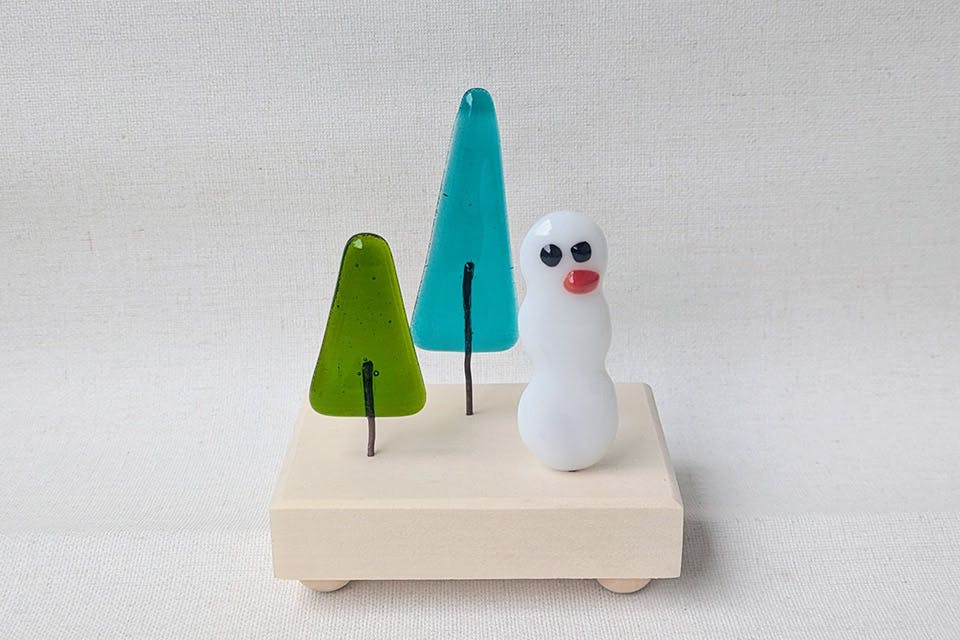Related Articles

Restoration Begins on George Sugarman’s ‘Cincinnati Story’ at Pyramid Hill Sculpture Park
The colorful, iconic sculpture is undergoing restoration ahead of a 2026 public rededication. READ MORE >>

Made in Ohio Gifts: Home Decor and Kitchenware
Whether you’re looking for quirky conversation pieces or charcuterie boards made by hand, you’ll find it being created by these talented Ohio artisans. READ MORE >>

Made in Ohio Gifts: Pottery
Find beautiful wares by Buckeye State artists, including napkin holders from Kennedy Vince Ceramics and rustic mugs from Crow House Pottery. READ MORE >>


